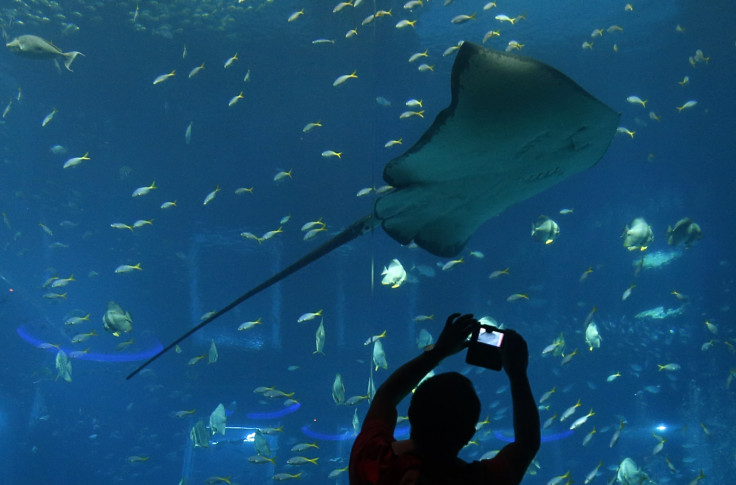Chicago's Brookfield Zoo closes exhibit after 54 stingrays die when oxygen levels drop

Chicago's Brookfield Zoo was forced to closed down one of its habitats after 54 stingrays died on 10 July when oxygen levels dropped. In a statement released on Facebook, the zoo announced it lost four southern stingrays and 50 cownose rays.
"We are devastated by the tragic loss of these animals," Bill Ziegler, senior vice president of animal programs for the Chicago Zoological Society, said in the zoo's statement. "Our staff did everything possible to try and save the animals, but the situation could not be reversed."
The statement said the zoo's veterinary staff attempted to provide medical treatment to the affected animals but were unable to save them. According to CNN, all of the stingrays that died had been born in captivity.
"Staff is currently analysing the life support system to determine the exact cause of the malfunction," the statement stated. "At this time, the Chicago Zoological Society has made the decision to not reopen the summer-long temporary exhibit for the remainder of the season. The popular exhibit has been operating since 2007."
Spokeswoman Sondra Katzen told CNN that the exhibit included an interactive experience that allowed visitors to feed and touch the stingrays. The exhibit brought in over 200,000 visitors in 2014, Katzen said.
"We had a malfunction of a different type back in 2008. it was a water temperature increase and the exhibit temperature increased by about 10 degrees, and we lost about 16 stingrays in that," Katzen told CNN. The spokeswoman said the zoo updated the system to one that automatically checks levels.
Brittany Peet, deputy director of captive animal law enforcement for People for the Ethical Treatment of Animals (Peta), called the stingray exhibit a "death traps".
"At this point, 70 animals have died at the Brookfield Zoo as a result of malfunctions with their tank and it's time for them to close down their tank for good," Peet told the Chicago Sun Times. "Their lives are worth more than the cheap thrill of touching one of these animals."
She added: "Seeing wild animals in captivity teaches people nothing about the true nature of these animals. These are animals that live in the ocean and travel long distances … If people want to learn about stingrays, all they have to do is go to Google and they can see amazing footage of stingrays swimming in the wild and read about them."
© Copyright IBTimes 2025. All rights reserved.






















